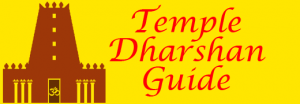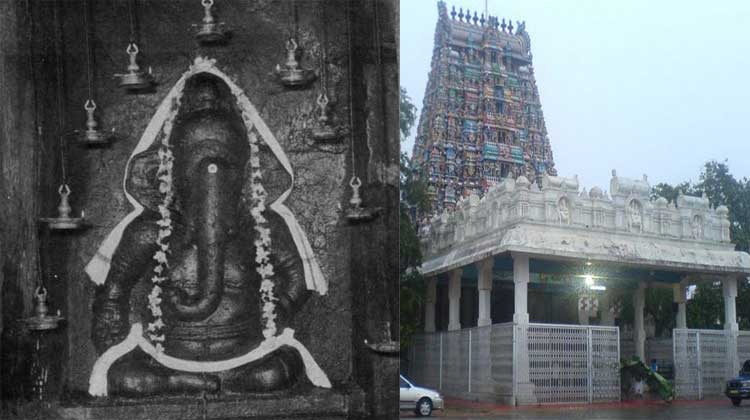Ganesh is the God of Beginnings
Who is God Ganesh ?
Ganesh or Ganapati is the God of Beginnings. Ganapati mean “Lord of the Ganas”. The Ganas are God Shiv’s divine Army
Ganapati is Son of the goddess Parvati and god Shiva. His friendly, childlike, and humble appearance makes him especially approachable and beloved among Hindu deities.
Distinctive attributes of Lord Ganesh
Vigneshwar or Vinayagar also are the names of God Ganesh. He is easily identified by his elephant’s head with softly curling trunk. One of Ganapati’s tusks is broken off; sometimes Ganesh holds the missing tusk.
A large belly of Ganesha reflected in the names Lambodara (Pot Belly, or, literally, Hanging Belly) and Mahodara (Great Belly). It is said to contain within in all universes: past, present and future.
The elephant-headed god Ganesh is usually depicted with four arms, but occasionally more. In his hands he carries a variety of attributes; commonly depicted objects include a shell, discus, mace, water-lily, 5 his broken tusk, a rosary, a bowl of his beloved sweets, and an elephant goad.1
Vehicle of Ganapati
Ganesha’s vehicle is a mouse, or more specifically the bandicoot rat. In art, Ganesha is shown riding atop the mouse or the mouse sits near his feet, looking up at his master.
There is a great deal of symbolism in the unlikely pairing of elephant and rat. The rat enhances Ganesha’s ability to overcome any obstacle: while elephants can crash through practically anything with their sheer strength and size, rats can find their way into small spaces
Roles and Patronage of Lord Ganapati
As the Lord of Beginnings and Remover of Obstacles, Ganesha is often invoked at the beginning of business ventures, when moving into a new home, or other endeavours.
Although this role in removing obstacles is most popular, traditionally Ganesh has an equally important role in placing obstacles in the way of those who need to be prevented from doing evil.
As Brahma’s scribe, Ganesha is also the patron of writers; his broken tusk sometimes appears as a pen



